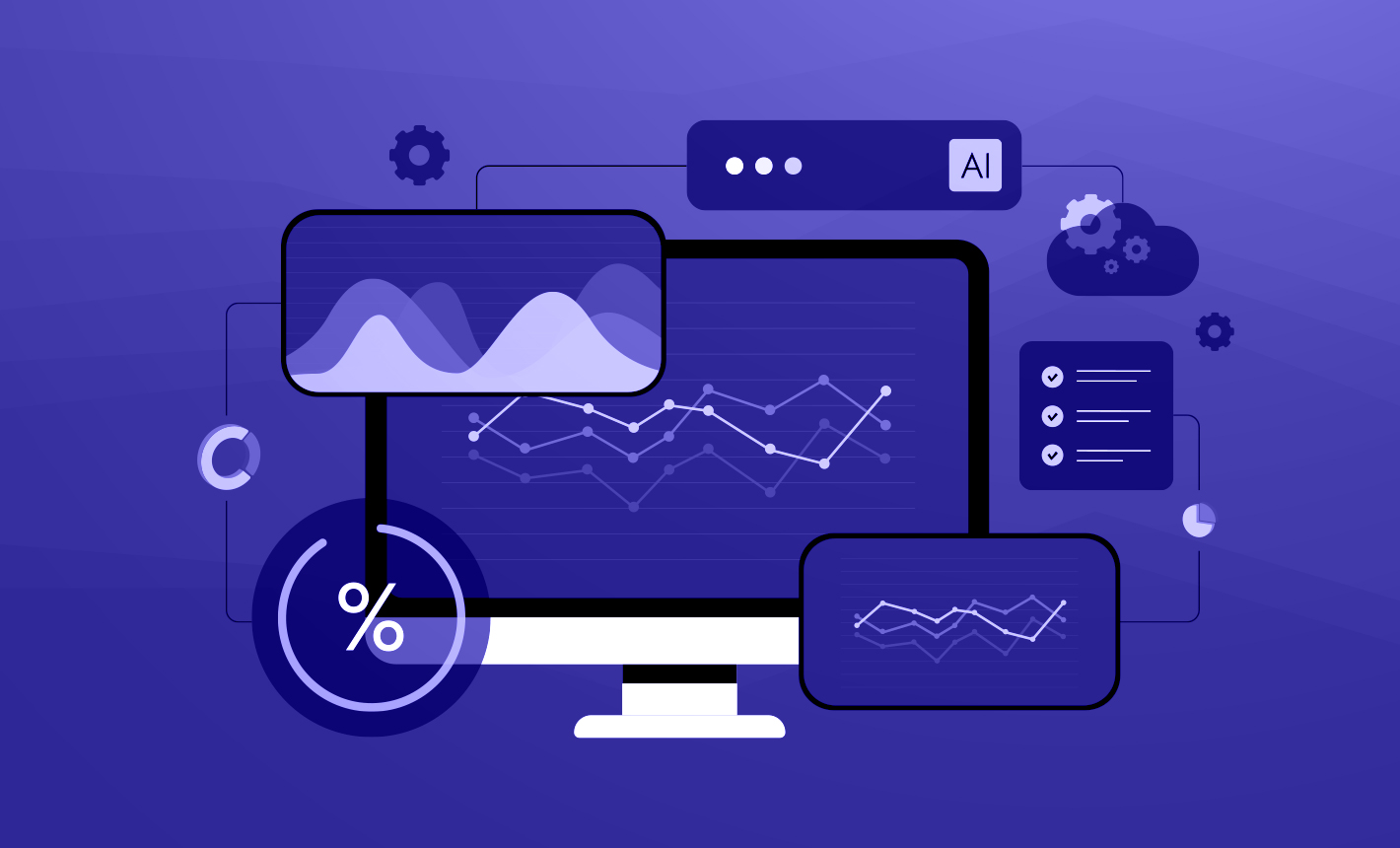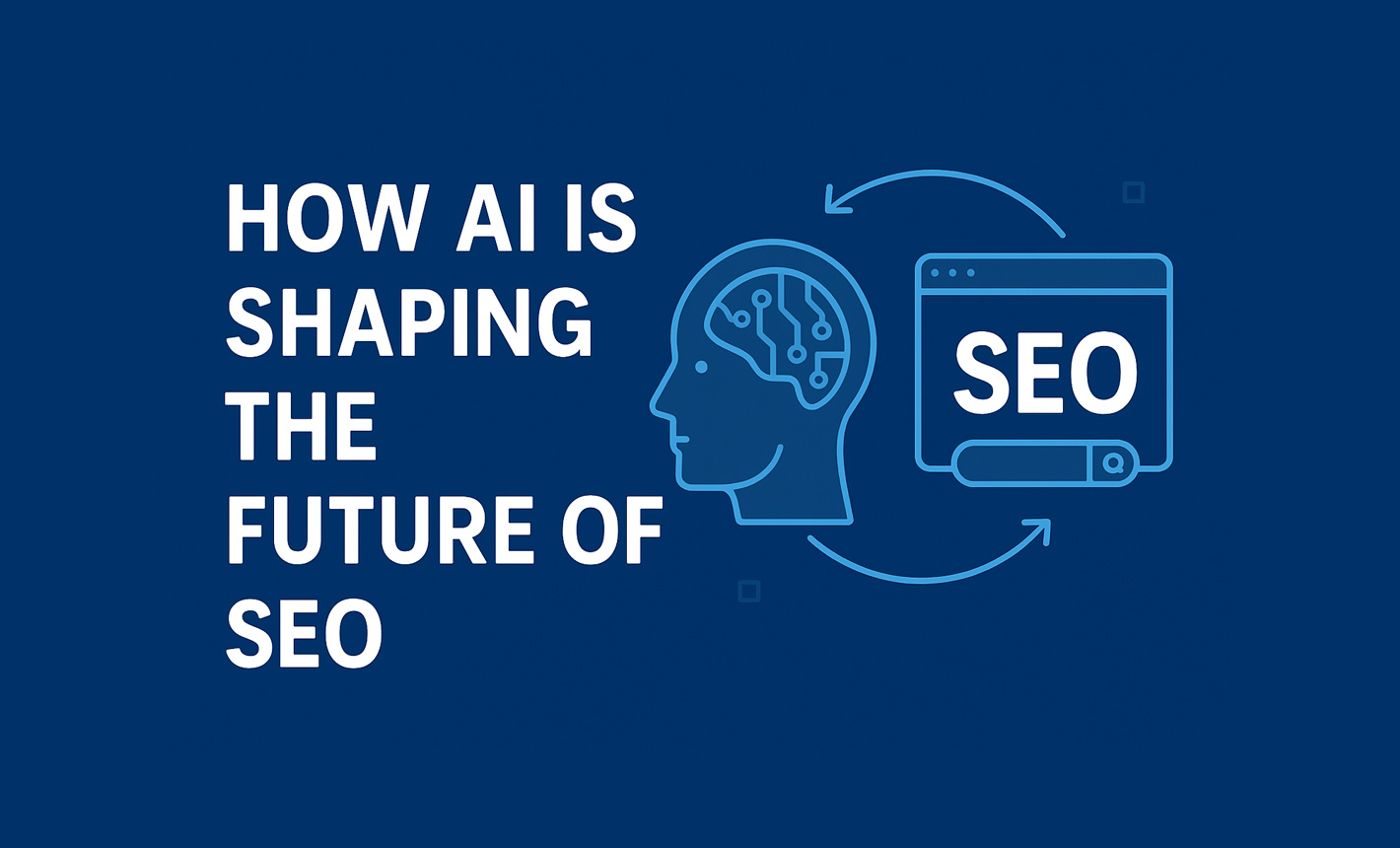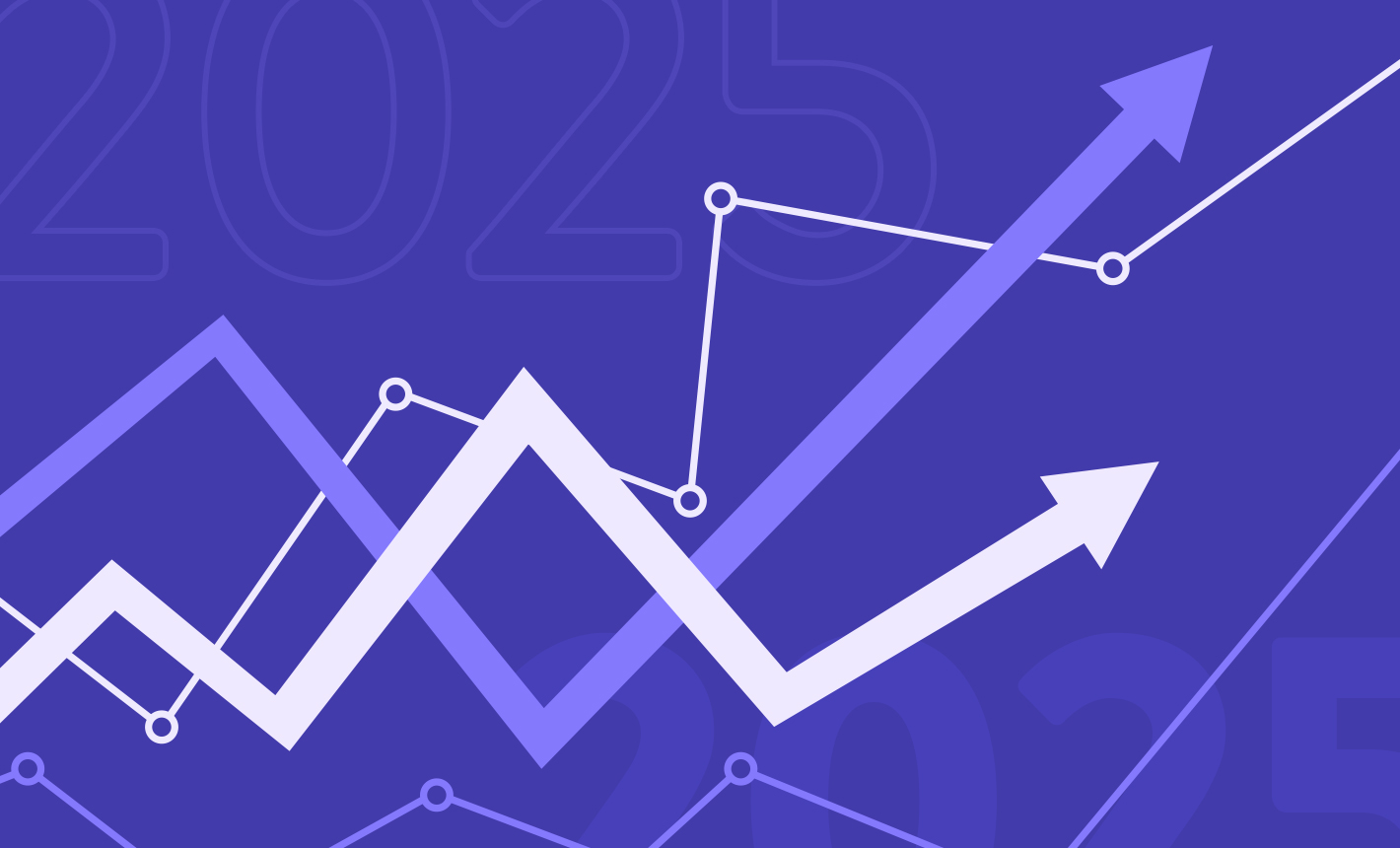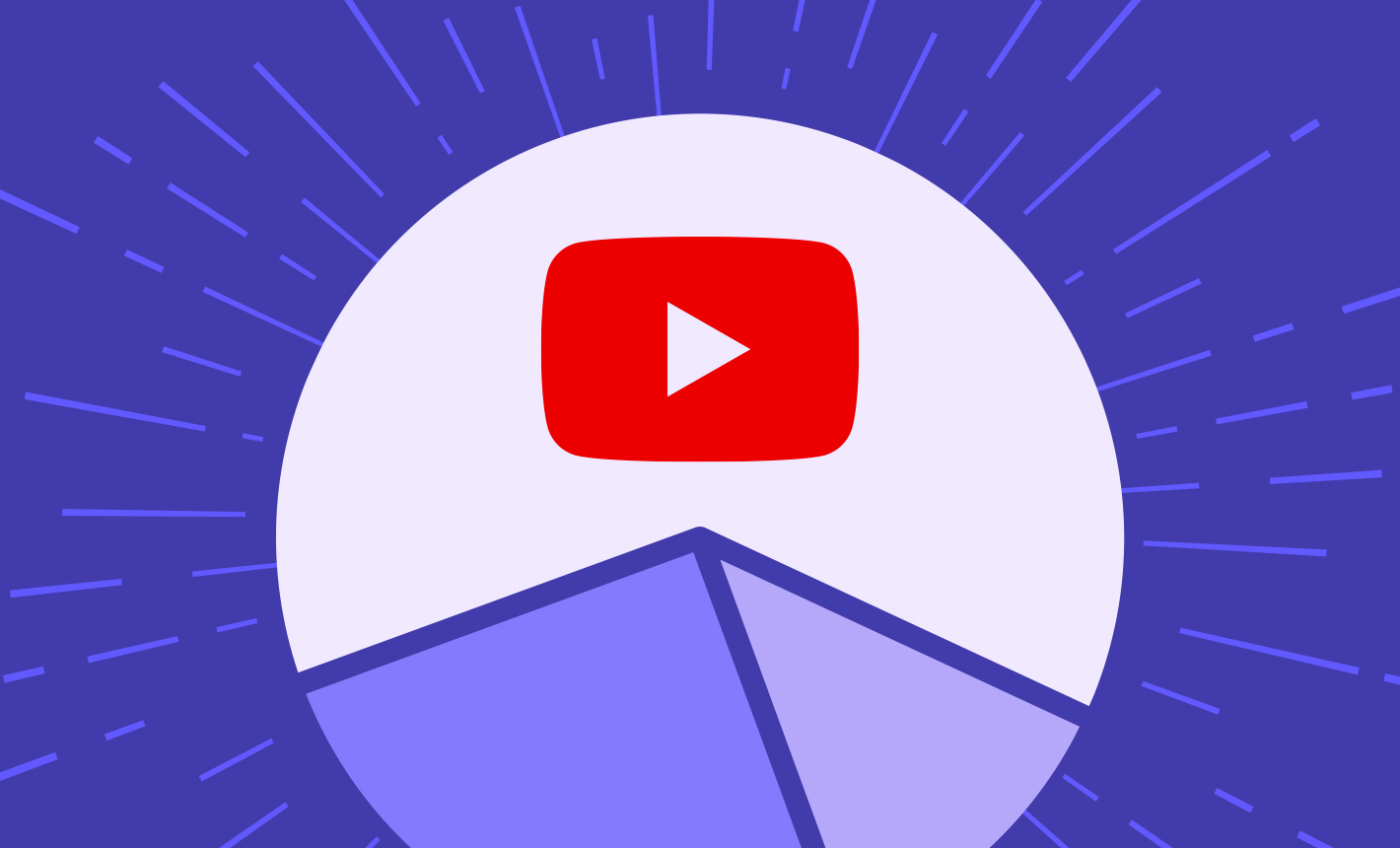Socium Media Shortlisted for 2x US Search Awards 

Optimize Paid Campaigns With Predictive Data: The Case for Enriched Leads
Not every lead results in a sale, but many can help you build relationships that encourage future conversions. Poorly qualified leads that don’t go anywhere aren’t just a neutral part of the process; they can actually hurt more than they help. Sales teams are left chasing unlikely prospects, while ad budgets are allocated to targeting the wrong people. Data enrichment marketing can help marketing and growth teams improve targeting and stop wasting time and money.
This is especially critical for companies in luxury eCommerce, high-ticket services, or membership-based sales. For brands at higher price points, it’s even more important to distinguish viable leads from those that are bound to go nowhere.
Below, we explain how data enrichment can help and highlight some tools high-price point brands are using to reach their desired customers.
Why Traditional Lead Metrics Are Failing High-Price Point Brands
It’s estimated that sales professionals spend up to 50% of their time chasing unqualified leads that will never make a purchase1. For high-price point brands, part of the problem stems from the fact that most media platforms are optimized for quantity over quality.
Platforms like Meta and Google train algorithms based on conversion events like form fills, newsletter signups, and add-to-cart clicks. Unfortunately, these fast-and-easy conversion events don’t do a great job of weeding out site visitors who are just shopping around.
Without a comprehensive feedback loop to separate this traffic from viable prospects, brands are left dealing with budget misallocation and declining close rates. Data enrichment marketing offers a solution that supplements customer relationship management (CRM) data brands already have access to with additional relevant details to create a more complete customer profile2.
Modern technology is making it easier than ever for brands to get that valuable data. Socium’s clients are already leveraging tools like Windfall, Faraday, and Black Crow for qualified lead automation, closing the feedback loop between actual purchase intent and early-stage acquisition campaigns.
Data Enrichment Marketing: More Than Just Fancy Segmentation
The number of high-net-worth individuals (NHWIs) is on the rise, which is great news for high-price point brands3. However, targeting these individuals requires more than traditional audience segmentation, which typically groups audiences into broad demographic categories, such as age, gender, geography, and income bracket.
Data enrichment allows for real-time user profiling based on characteristics indicative of NHWIs, like net worth, asset ownership, and investment behaviors4. Platforms like Windfall provide information on indicators relevant to NHWIs, from precise net worth to liquidity events5.
This level of specific household or individual-level data is more accurate than looking at things like ZIP code-level proxies. Such data can then be integrated with CRM and eCommerce platforms, including Salesforce, HubSpot, and Shopify. The resulting information helps ensure marketing and growth teams focus their time and energy on actual high-value users, not tire-kickers with no intent to actually make a purchase.
From Form Fill to Qualified Lead: The Automation Advantage
Someone filling in a form or signing up for a newsletter doesn’t guarantee they are a sales qualified lead (SQL), a prospect who is genuinely ready to talk to sales6. Platforms like Windfall, Faraday, and Black Crow enrich incoming leads with predictive attributes.
For example, Blackcrow’s AI-driven Predictive Lifetime Value (pLTV) identifies individuals with the highest value potential for your business7. You can define qualification rules, such as modeled LTV or net worth, getting the information that matters to you and improving predictive lead scoring.
With your qualified lead rules specified, the feedback loop can then be automated: Only leads that meet your predefined criteria will be pushed back to the platform in question as a conversion event.
Take LinkedIn’s qualified leads optimization as an example. By setting up qualified leads conversion events, you can share high-quality lead data from third-party sources (CRMs, sales teams, websites, etc.) with LinkedIn. The LinkedIn campaign management tool can then optimize ad delivery based on what you define as high-quality leads8.
Why Media Teams Should Care
Qualified lead automation improves lead-to-close rate by disqualifying noise early and converting CRM signals into performance levers. Whether it’s LinkedIn, Meta, or Google, this approach excludes low-quality leads and helps improve algorithm training. Platforms learn who your best prospects are and adapt accordingly, resulting in higher close rates and lower customer acquisition cost (CAC).
This competitive advantage is especially critical for brands interested in high-net-worth audience targeting. While your competitors continue to train platforms like Meta to find cheap clicks, you can harness a data-enriched approach to train these platforms to pinpoint the most relevant customers.
Further, by automating qualifications now, you are effectively building your own machine-learning training set. This will have a compound effect with time, allowing for long-term improvements and a sustainable model for success.
Use Cases Beyond Lead Gen: Shopify, HubSpot, and Magento
Data enrichment marketing can go beyond lead generation, supporting eCommerce activities with real-time insights about things like spending habits. For instance, Faraday connects with tools like Shopify to build predictive LTV models9.
This information can also be used to create behavioral scores to tier audiences. Faraday builds audience look-alikes by modeling real-world behaviors, for example, going beyond demographics so you can more easily pinpoint those individuals most likely to convert10.
By supplementing and automating data enrichment with commonly used tools, teams get more granular, relevant data more quickly.
Final Takeaways: Not All Leads Are Created Equal
From Meta optimization with CRM data to eCommerce audience segmentation based on real-world activity, data enrichment can improve customer targeting in various ways. Whatever the use case, qualifying users after that first click ensures that you are focusing your sales and marketing resources on leads that can actually close, saving time, effort, and money.
Lead generation isn’t dead. It just requires a clearer strategy, backed by the right kind of data. Simple demographic details, like geography and age, are no longer enough in today’s oversaturated marketplace. This information accounts for the vast majority of ad targeting tactics, so your brand needs an edge. It’s essential for high-price point brands to deploy predictive lead scoring and automated enrichment, syncing only high-value conversions back to platforms like Meta, Google, and LinkedIn to continuously improve targeting efficiency. This extra data is the key to driving more quality traffic to your business.
Socium is helping our clients architect enrichment workflows that scale, focusing on the data that matters. We exist to grow companies: Find out how we can help you grow yours.
FAQ
What is data enrichment, and how does it work for lead qualification?
Data enrichment enhances raw leads with third-party or modeled attributes like net worth, property ownership, or conversion likelihood to determine fit. Tools like Windfall, Braze, or Epsilon integrate with CRM or eComm stacks to make this actionable.
Can I optimize my Meta ads for qualified leads, not just lead volume?
Yes. Socium helps brands set up workflows that enrich leads in Salesforce, HubSpot, or Shopify and push only qualified conversions back into Meta and Google for smarter targeting.
Does data enrichment apply to eCommerce brands or only lead gen?
Both. Predictive enrichment can identify high-spending eComm buyers, recent movers, or intent-driven visitors—helping brands target smarter and boost ROAS.
How is pricing structured for enrichment platforms?
Pricing is typically based on volume of enrichment, type of modeling, and platform access. Socium can help clients explore partner-tier pricing with trusted vendors.
Sources
- Unqualified Leads: What Should Sales Do With Them? Justellus. Retrieved September 15, 2025, from https://www.justellus.com/post/unqualified-leads-what-should-sales-do-with-them
- Lead Enrichment. Clay. Retrieved September 15, 2025, from https://www.clay.com/glossary/lead-enrichment
- (20 January 2024). Marketing to High Net Worth Individuals – Strategies for Captivating the Affluent Market. Accurate Append. Retrieved September 15, 2025, from https://accurateappend.com/marketing-to-high-net-worth-individuals/
- (11 August 2024). 10 Digital Advertising Tips for Targeting High-Net-Worth Leads. Defiance Analytics. Retrieved September 15, 2025, from https://www.defianceanalytics.com/blog/10-digital-advertising-tips-for-targeting-high-net-worth-leads
- Wealth Screening Redefined. Windfall. Retrieved September 15, 2025, from https://www.windfall.com/platform/wealth-screening
- Riserbato, R. SQL vs. MQL: What They Are and How They Differ. Hubspot. Retrieved September 15, 2025, from https://blog.hubspot.com/sales/sales-qualified-lead
- Transform Meta Ads Performance & Acquire High LTV Customers. Black Crow. Retrieved September 15, 2025, from https://www.blackcrow.ai/paid-ads-growth-pack
- Hutchinson, A. (22 April 2025). LinkedIn Launches Qualified Leads Optimization for Custom Ad Targeting. Social Media Today. Retrieved September 15, 2025, from https://www.socialmediatoday.com/news/linkedin-qualified-leads-optimization-crm-targeting/746055/
- Shopify. Faraday.ai. Retrieved September 15, 2025, from https://faraday.ai/docs/how-to/connections/shopify
- Not Your Average Lookalike. Faraday.ai. Retrieved September 15, 2025, from https://faraday.ai/blog/not-your-average-lookalike


